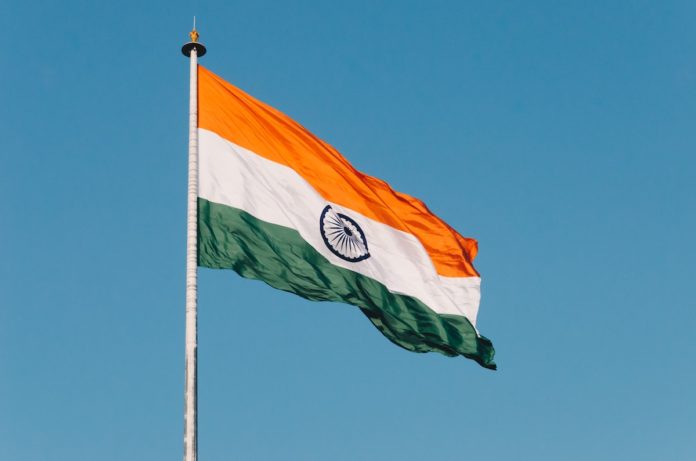Disclaimer: This is not a political opinion or social impact piece, but instead my personal perspective of the devastating impact of the COVID-19 pandemic’s second wave in my city, Bengaluru. I recognize that I am experiencing the pandemic from a place of privilege since the crisis is so dangerously close to home, yet also isolated from me, as I remain safe indoors.
When India began its celebration of easing lockdown restrictions, confident of COVID-19’s year-end exit in 2020, we were unwittingly stoking the dying flames of the pandemic’s first wave.
When a sense of pre-COVID normalcy returned with the opening of long-deserted eateries and shopping malls and the city’s roads returned to their traffic-filled state, self-isolation was a choice my family and I made. Many others flouted it. Caution, common sense and the fear of being infected were abandoned by a stir-crazy public.
When the state lockdown ended in November, my family’s first outing after nine months of being cooped indoors was to a local hill station far away from the city bustle. We had rationalized that a hill station, with its open spaces and fresh mountain air, would be a COVID-safe retreat.
We were in for a shock. A visit to a local waterfall was cut short—from the safety of our car, we witnessed crowds of unmasked people diving into the natural springs. The ‘six feet apart’ rule of social distancing was reduced to people standing mere inches apart from each other in the water. A drive to a nearby lake left us in open-mouthed horror as we watched an influx of tourists grouping together at lake-side food stalls and carnival games. Many of them, including the elderly, were not wearing their masks.
We returned home after our trip questioning whether we were overly paranoid about the virus. I am glad that my family never let their guard down despite the downplaying of COVID-19’s second wave by state officials. This seemed like a smokescreen for the upcoming elections as politicians chose to value political power over the health and safety of voters who would attend their rallies.
Keeping within our COVID bubble, I was also able to meet my loved ones at a family gathering. There were temperature checks upon arrival and we chose to do elbow-bumps over hugs. We were all self-aware and extremely cautious.
It got me thinking about the bigger picture regarding the pandemic’s second wave in India, spurred by both the public’s negligence in adhering to basic safety guidelines and the government’s laissez-faire attitude after the first wave.
Despite the high level of caution and concern displayed by over 20 family members for a weekend-long get-together, I feel as though our collective effort to keep ourselves and others safe was nullified when opposed by the millions of members of the Indian public who consciously choose to attend month-long super spreader events like religious festivals, uncaring and ignorant of the deadly threat they posed to themselves and everyone they came in contact with.
How can we make each other understand that it is not about a loss of personal freedom, but instead our civic duty as moral citizens to protect our lives and the lives of others? Preach as I may, one cannot teach common sense.
When the news broke of a sudden spike of positive cases, signalling the arrival of the tsunami-like second wave, I was not surprised. From 622 new COVID-19 cases and 3 deaths on March 6 to 2,353 new cases and 27 deaths as of June 6 in my home state of Karnataka, the second wave of the pandemic in India came along with a new strain that was far more invasive and affected younger people more dramatically.
Now, I’m not only worrying about my parents and older family members, but I’m also concerned about my own health and safety. I double mask if I ever step outside.
Despite living in the country, I am witnessing the crisis unfold just as international audiences are through news broadcasts. I feel like I am seated in a war room with the jarring images of burning funeral pyres, grieving families, oxygen-starved patients and exhausted healthcare workers displayed on large screens.
It is frustrating to see family friends communicate their desperate need for oxygen cylinders, hospital beds, ICU admissions and plasma to help those battling the virus via social media and WhatsApp, knowing that all this suffering could have been alleviated with a gradual reopening of social activities and stricter regulations.
We cannot even publicly criticize those responsible for the current healthcare crisis in India. Case in point, 55 Indian journalists have faced arrest charges and physical assault for “exercising freedom of opinion and expression” regarding the government handling of COVID-19.
We ignored the smoke signals, such as the rising daily active cases and fatalities that warned us that the pandemic was far from over. We face a slow vaccine rollout that will not inoculate everyone in India given the weaker healthcare infrastructure in rural and low-income communities. We also face trial by triage to ration scarce hospital resources such as ventilators while the chance to receive a hospital bed is expedited by money and connections.
The pandemic’s second wave was on a slow burn… until we were left scorched.
Featured image by Naveed Ahmed on unsplash.






